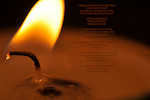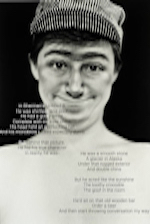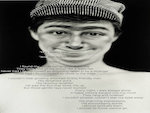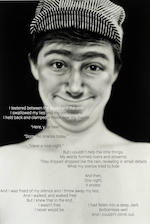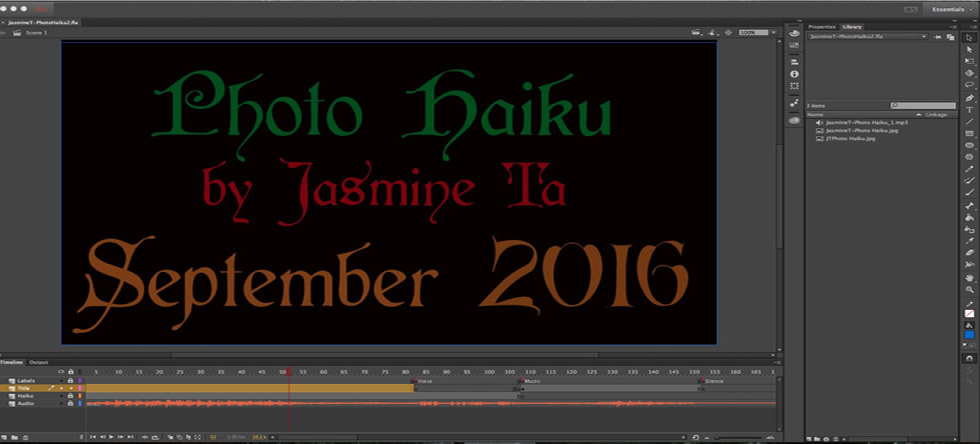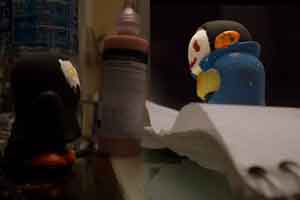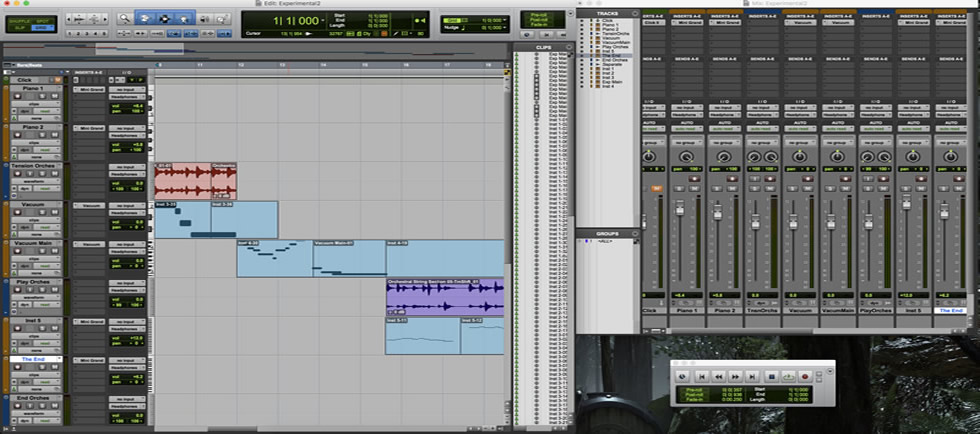The Conceptual Project was the first project of the year. Its purpose was to show students how to express themselves in unconventional ways: through poetry, photographs, music, and more. Every single class required thought and analysis. It took thinking to create poems and it took analysis of those poems to create photographs and music that reflected back. English showed students how to express themselves through poems and writing, focusing on methods that played with the rhythms of language and expressed hidden meanings. Design introduced Photoshop and special camera techniques, showing students how to express themselves visually through photography. Digital Media then showed students how to put their words and their art into a music video, using ProTools to create music especially designed for each piece.
In the sections below, there are examples of how I chose to express myself through writing, art, and music, showing my own iew of the world. Each piece is amateur in its showing, but wholeheartedly attempts to convey some great meaning. Overall, this beginning project took a lot of effort, but it was interesting to see how one could express themselves through visual and audio effects. It was fun seeing how to use each different program, and gave me even more ways to express myself artistically.
In English class, students wrote what was called an expository essay, often called a 'passion essay'. The point of the essay was to write about something you cared about deeply. I was inspired to write about daydreaming.
